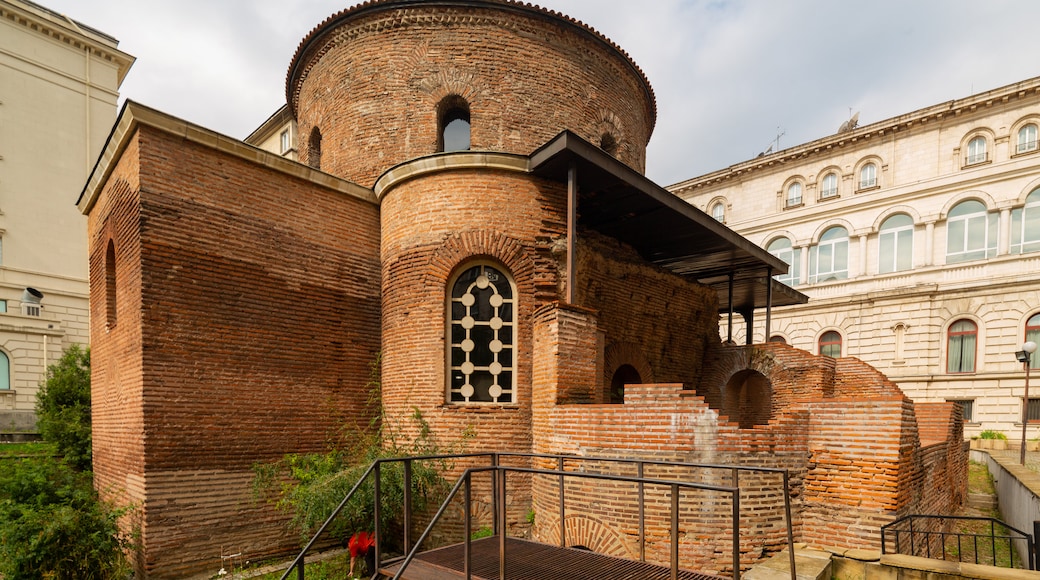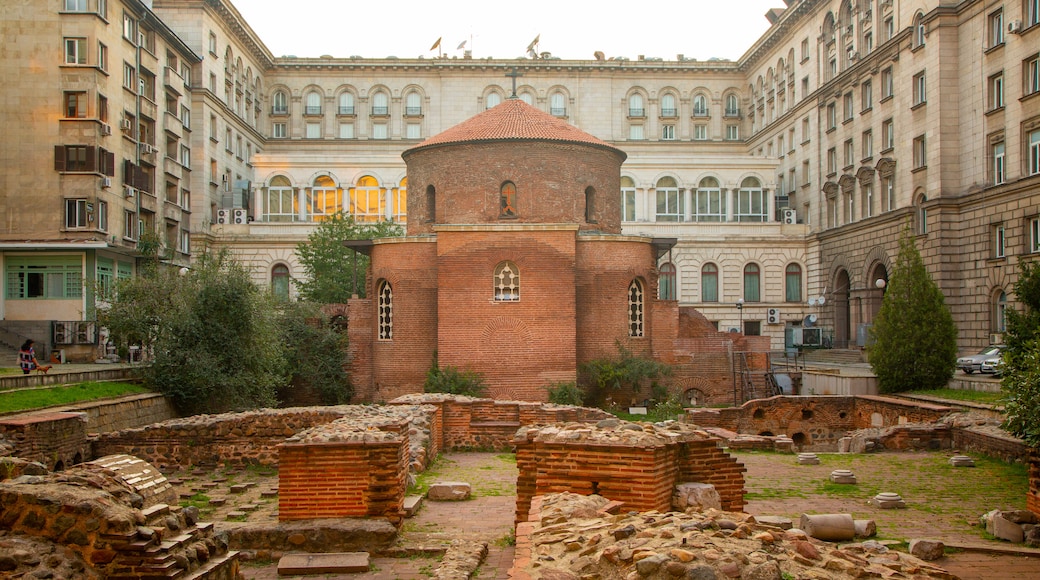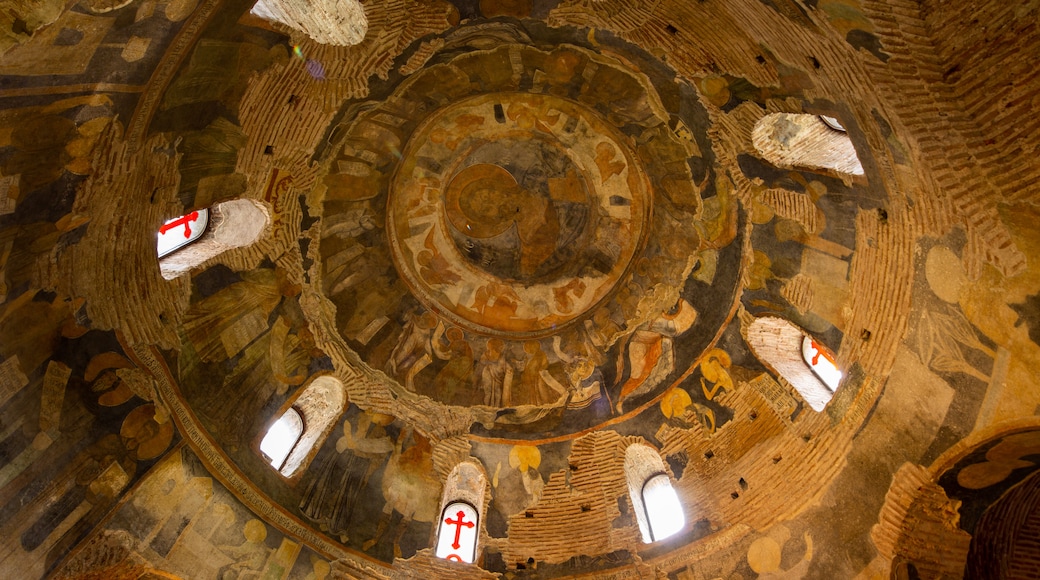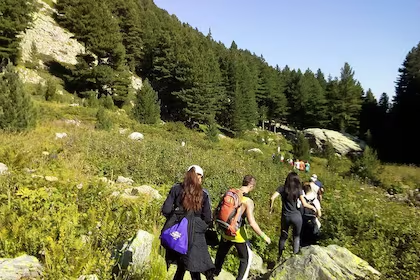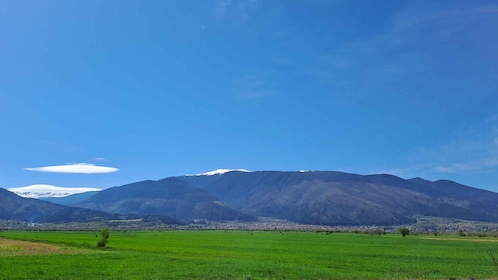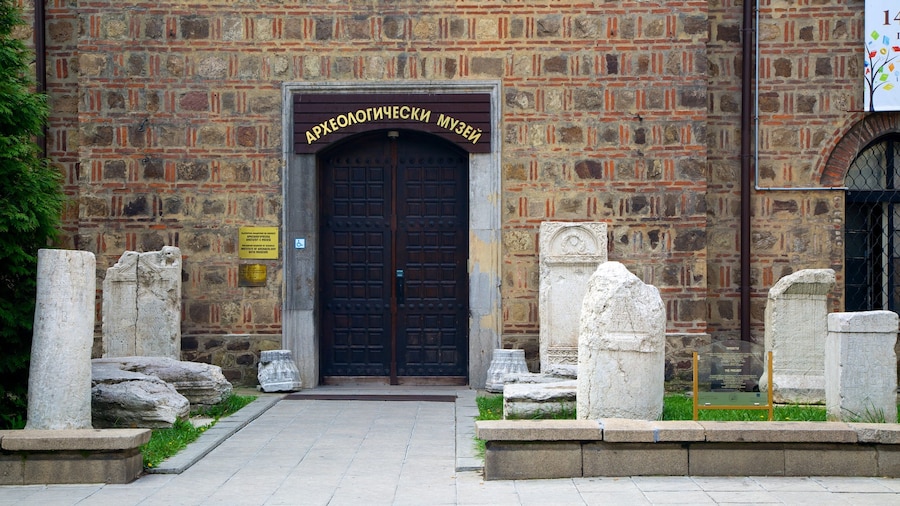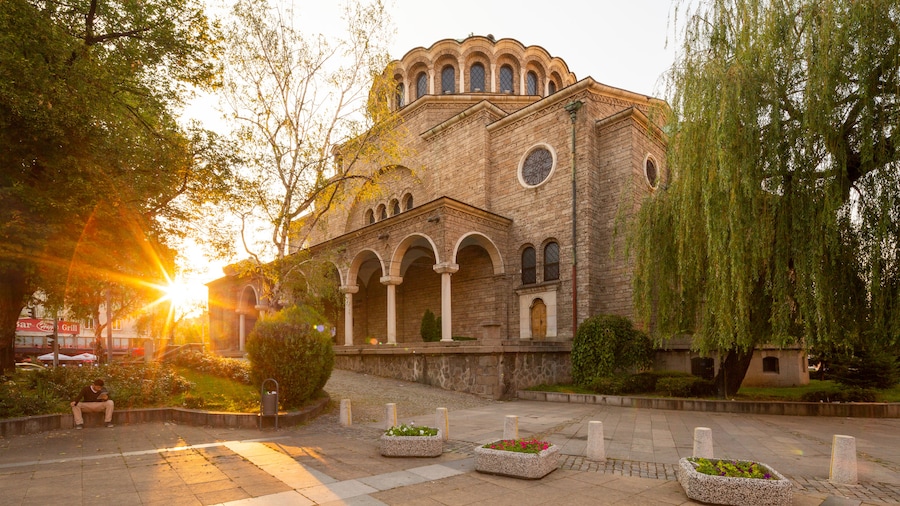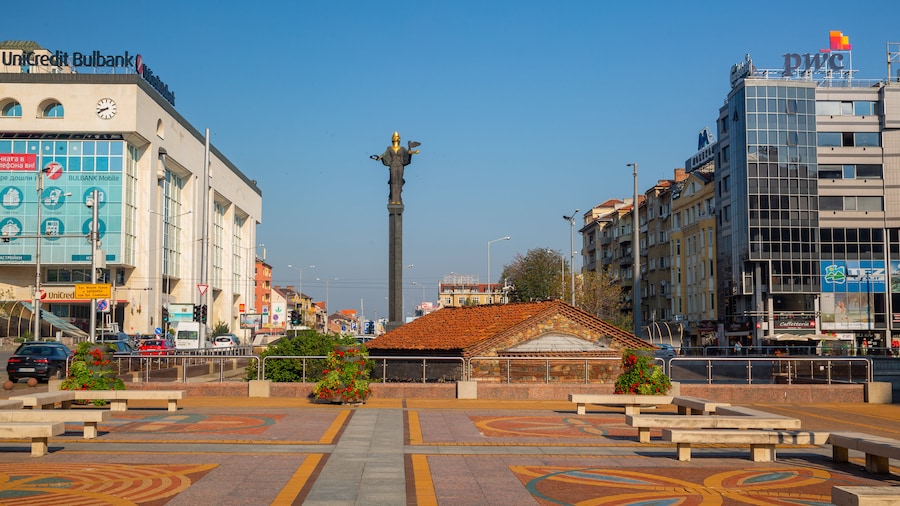One of Sofia’s oldest churches is a centuries-oldarchitectural treasure and contains a fascinating collection of preserved Medievaland religious art.
Sofiais a city home to many fine examples of ancient architecture and the Church ofSt. George stands out as one the most impressive. Admire the simplicity of thechurch’s architecture, marvel at frescoes that date back to the 6th century andlook for the remains of an ancient city street. First built by the Romans inthe 4th century, the Church of St. George is one of Sofia’s oldest buildings.
Startyour visit by checking out the church’s main building, a simplistic centraldome with cylindrical windows and topped by a small cross. Throughout its longhistory, the church has served as a baptistery, a Christian church, a mosque anda mausoleum. It once housed the remains of Alexander Battenberg, the firstprince of modern Bulgaria.
Walkaround the outside of the church to see the remains of a hypocaust, which is anancient Roman heating system. You’ll also find the ruins of one of theprincipal streets of ancient Serdica, present-day Sofia.
Fivelayers of paintings adorn the walls of the church’s vestibule, niches andvault. They date from the 6th century to the end of the 16th century and werediscovered during a restoration of the church in 1915. Highlights include a 10th-century frieze and 12th to 14th century art in the rotunda’s highest point, dominated by large frescoes of 22 prophets. As a collection, the paintings from the 10thcentury onwards exemplify the splendor of East Christian art.
Findthe Church of St. George situated in a city center courtyard, surrounded bygrand public buildings. Access the courtyard via an arched walkway at the sideof the Presidency building. The nearest metro station, Serdika, is less than a5-minute walk away. A city sightseeing bus also stops close by.
Thechurch is open daily and admission is free. The Church of St. George remains anactive place of worship. Time your visit to coincide with a daily service to hearreadings and Byzantine chants.
